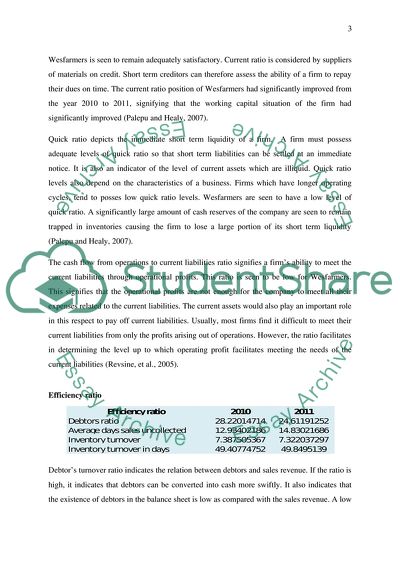Cite this document
(Financial Analysis of Wesfarmers Limited Report Example | Topics and Well Written Essays - 1750 words, n.d.)
Financial Analysis of Wesfarmers Limited Report Example | Topics and Well Written Essays - 1750 words. https://studentshare.org/finance-accounting/1857256-mba-applied-finance
Financial Analysis of Wesfarmers Limited Report Example | Topics and Well Written Essays - 1750 words. https://studentshare.org/finance-accounting/1857256-mba-applied-finance
(Financial Analysis of Wesfarmers Limited Report Example | Topics and Well Written Essays - 1750 Words)
Financial Analysis of Wesfarmers Limited Report Example | Topics and Well Written Essays - 1750 Words. https://studentshare.org/finance-accounting/1857256-mba-applied-finance.
Financial Analysis of Wesfarmers Limited Report Example | Topics and Well Written Essays - 1750 Words. https://studentshare.org/finance-accounting/1857256-mba-applied-finance.
“Financial Analysis of Wesfarmers Limited Report Example | Topics and Well Written Essays - 1750 Words”. https://studentshare.org/finance-accounting/1857256-mba-applied-finance.


